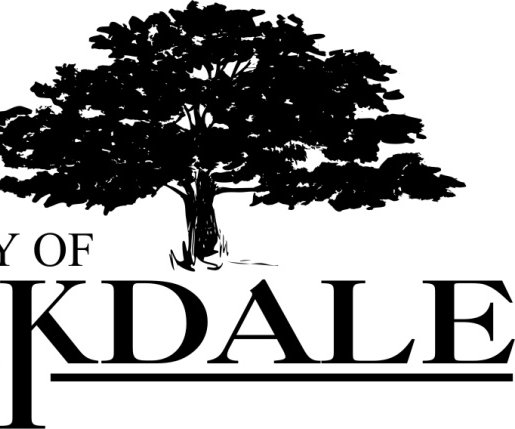Will self-driving smart cars be the answer to America’s ever-congested roadways?
Earlier this week when discussing possible ways that Caltrans is looking at alleviating traffic, a discussion about technological advancements in navigation and GPS and how they correspond with cars on the road took center stage – overshadowing the initial suggestion by Vice Mayor Steve Dresser that California’s transportation chief was looking at metering lights as a way to keep traffic flowing on busy freeways.
But according to City Manager Steve Salvatore, it’s currently a race to see who can solve the problem first – whether it will be the infrastructure that will accommodate the growing number of cars or the technology that will streamline the large number of vehicles moving in unison.
As an example, Salvatore said that Tesla Motors – who now operates a manufacturing plant in Lathrop – successfully steered a vehicle from San Francisco to New York City with the driver needing to touch the steering wheel only four percent of the time.
The issue of traffic as it exists on most freeways, Salvatore said, stems from people who hit their brakes, create a gap between themselves and the car in front of them, and then start a chain reaction that can extend for miles and slow down vehicles even when there is no accident or hazard in sight.
With advancements in GPS and navigation technology, Salvatore said, all of those vehicles could then be moving at the same constant speed which would eliminate the need for constant braking and allow more vehicles to travel in a much more efficient pattern.
Caltrans, according to Dresser, has other plans.
Currently using the I-15 corridor in San Diego as a test strip, the agency is using metering lights – similar to the ones that are employed during peak hours in the Bay Area – to see how best to improve traffic flows and possibly adapt them on a larger scale throughout California.
It has been proven, Dresser said, that just adding lanes to freeways doesn’t do anything to alleviate traffic, as evidenced by Los Angeles – which has one of the most complex freeway systems in the world and is essentially in a semi-permanent state of gridlock.
Finding smarter ways to move vehicles onto and off of the freeway, he said, is the logical solution to what has become a logistical issue in the country’s most populous state.
Dresser also noted that Caltrans – at the meeting of the San Joaquin Council of Governments meeting he attended – suggested that the Altamont Pass might be another good test section because of the sheer number of vehicles that pass back-and-forth on any given day in order to access higher-paying jobs in the Bay Area.
To contact reporter Jason Campbell email jcampbell@mantecabulletin.com or call 209.249.3544.
Metering lights for Altamont Pass?





